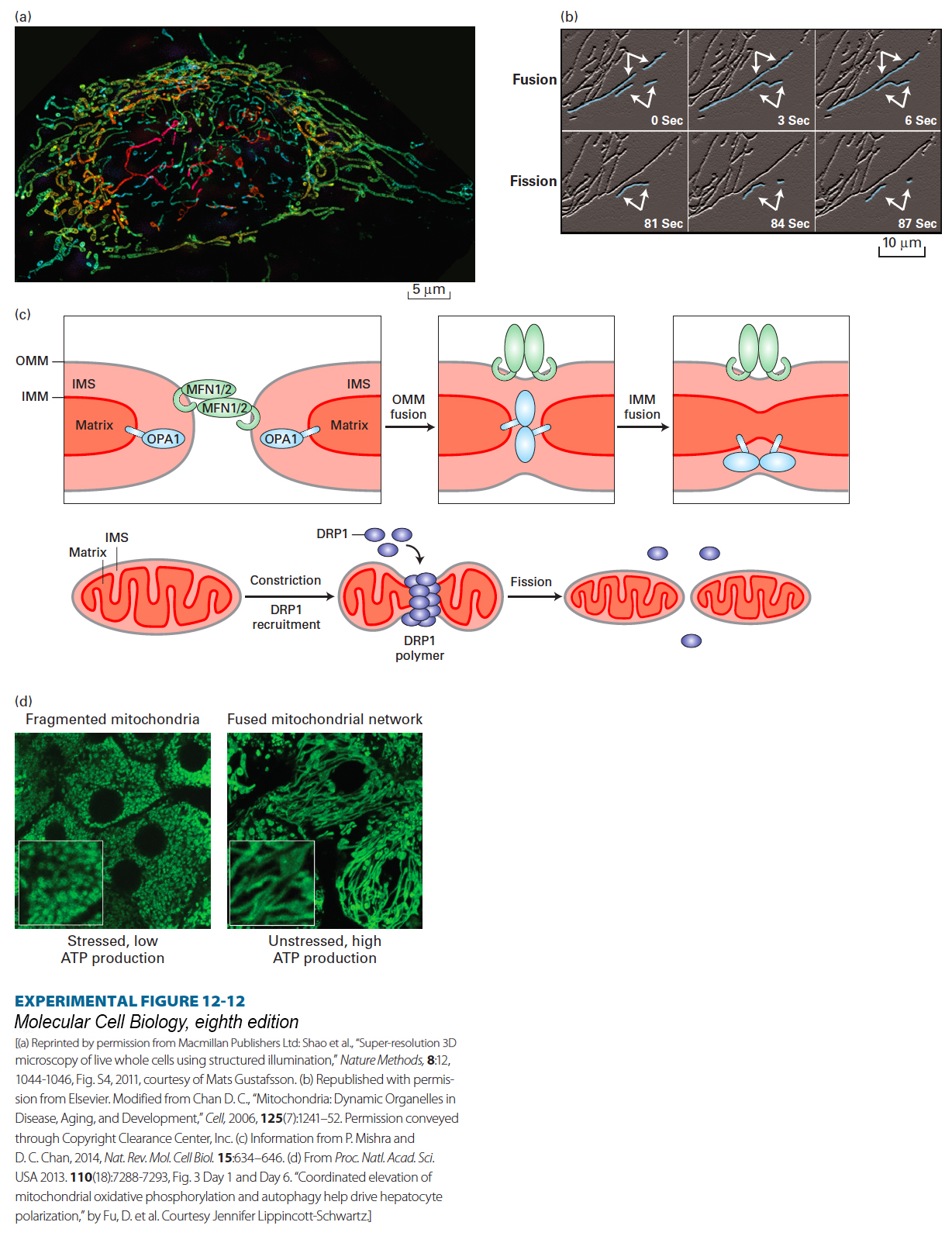
EXPERIMENTAL FIGURE 12- n- e- 1- m- e- t- r-
[(a) Reprinted by permission from Macmillan Publishers Ltd: Shao et al., “Super- 4- 1– 4– 8- t-